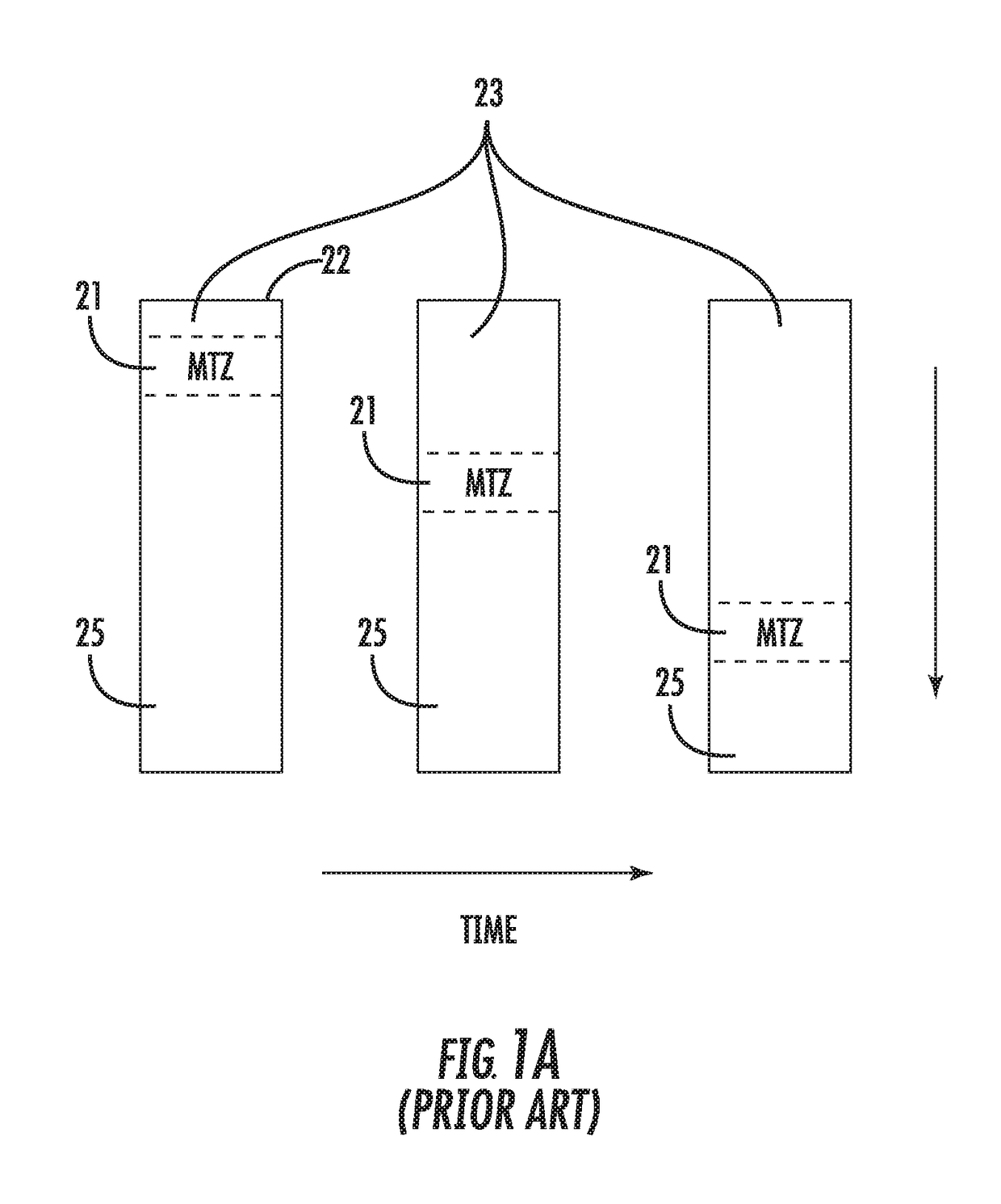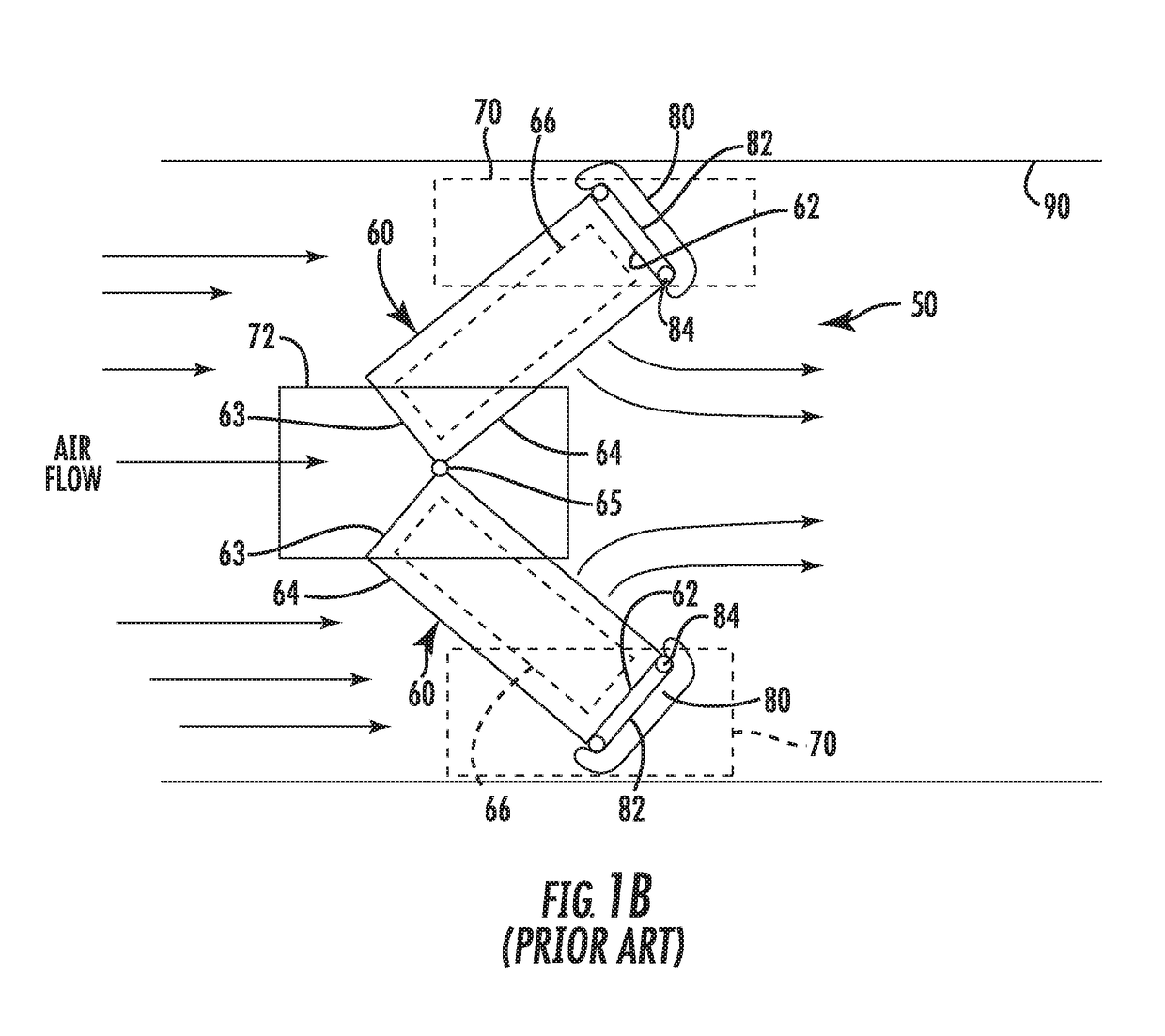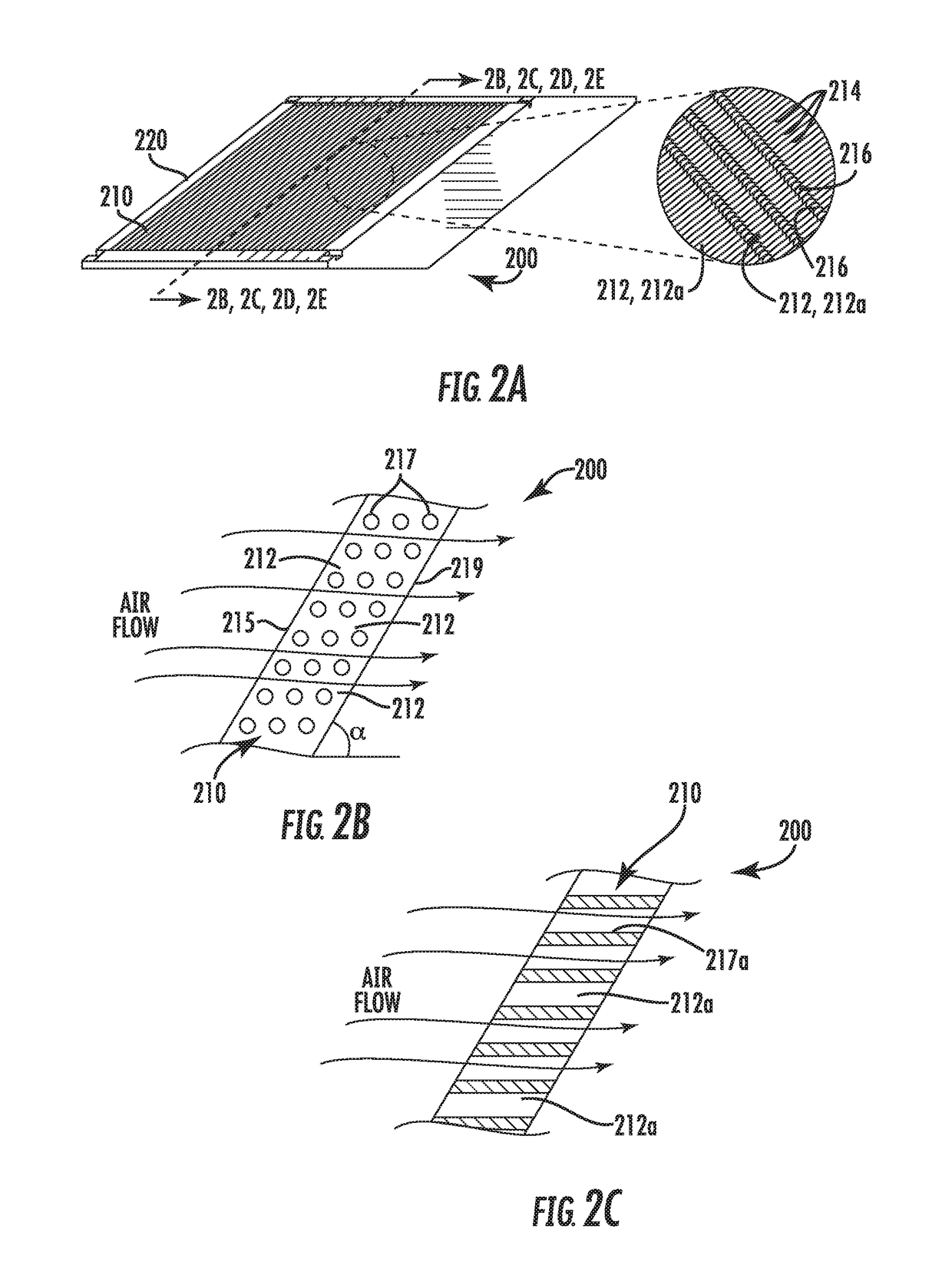Angled Adsorbent Filter Media Design In Tangential Flow Applications
a filter media and tangential flow technology, applied in the direction of lighting and heating apparatus, heating types, separation processes, etc., can solve the problems of affecting the quality of air in many urban areas, affecting the occupants and operations of buildings, and causing nausea and headaches, etc., to achieve the effect of low pressure drop
- Summary
- Abstract
- Description
- Claims
- Application Information
AI Technical Summary
Benefits of technology
Problems solved by technology
Method used
Image
Examples
Embodiment Construction
[0047]Filter Media Module
[0048]As shown in FIGS. 2A-2E, 3A and 3B, 4A-4D, 5A, 5B, an air filter module 200, 400, may be removably placed within in an air filter system 300 (generally called “air filter” herein) that itself may be removably placed within an air duct or passage 90 to filter air passing therethrough. In order to maximize the filter media 214, 414 exposure to the air flow to be filtered, and to minimize pressure drop, a filter module 200, 400 may be angled to the air flow, with it being appreciated that the shortest path for air flow from a front of the filter module (facing the air flow) to the back of the filter module is defined along the line shown as cross sectional line 2B, 2C, 2D, 2E—2B, 2C, 2D, 2E, which contrasts with the longer channel air flow path lengths through the channels as described throughout this application.
[0049]For example, channels 212, 212a, 412, 412a through the filter module 200, 400 may be oriented parallel to the air flow to minimize pressur...
PUM
| Property | Measurement | Unit |
|---|---|---|
| Angle | aaaaa | aaaaa |
| Length | aaaaa | aaaaa |
| Angle | aaaaa | aaaaa |
Abstract
Description
Claims
Application Information
 Login to View More
Login to View More - R&D
- Intellectual Property
- Life Sciences
- Materials
- Tech Scout
- Unparalleled Data Quality
- Higher Quality Content
- 60% Fewer Hallucinations
Browse by: Latest US Patents, China's latest patents, Technical Efficacy Thesaurus, Application Domain, Technology Topic, Popular Technical Reports.
© 2025 PatSnap. All rights reserved.Legal|Privacy policy|Modern Slavery Act Transparency Statement|Sitemap|About US| Contact US: help@patsnap.com



